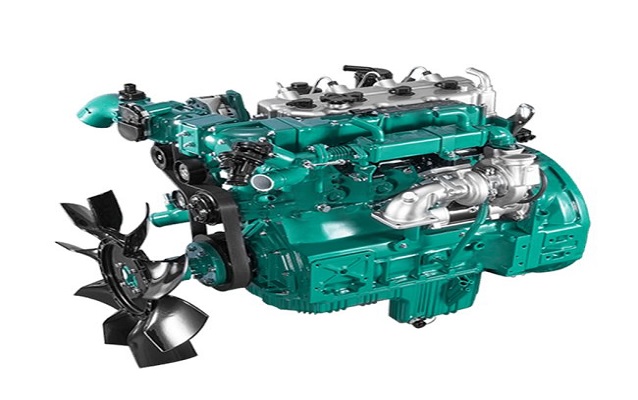Dec. 22, 2022
Cars are the most commonly used means of transportation for people to travel short distances, without too many restrictions and very convenient. Just fill up the gasoline and start to drive to your destination. When driving or riding in a car, have you ever been curious about the sound the car makes when it starts, or have you thought about a question, how does a vehicle engine work? In this article, we take an in-depth look at a vehicle engine and explore how it works.
Broadly speaking, a vehicle engine consists of three key parts, the cylinder head, cylinder block, and oil pan.
1. Cylinder head, the fuel enters the engine room and the exhaust gas discharge needs to be completed through the cylinder head. Its key components are the camshaft, valves, and spark plugs.
2. The cylinder block, where all the combustion action takes place. The key components here are the combustion chamber, piston, and crankshaft.
3. Oil pan, the lowest part of the vehicle engine consists of the oil pan. Its key components are the oil pan and oil filter.

Combustion is the process in which the mixture of fuel and air is ignited to release energy. The automobile engine converts the heat generated by the combustion of gasoline into mechanical work. An engine consists of a stationary cylinder and a moving piston. The expanding combustion gases push the pistons, which in turn the crankshaft. Ultimately, the vehicle is driven through a power cycle. Currently, the easiest way to generate motion from gasoline is to burn the gasoline inside the engine. Therefore, a vehicle engine is an internal combustion engine - the combustion happens inside.
There are different kinds of internal combustion engines. Diesel engines are one type and gas turbine engines are another. Each has its own advantages and disadvantages.
The combustion process takes place in the combustion chamber. Pistons play an important role in this part. Modern vehicle engines are four-stroke engines, which means that the piston produces usable power through a total of 4 strokes, or 4 movements of the piston from one end to the other. Each stroke is defined as the movement of the piston from its bottommost position (BDC) to its topmost position (TDC) and vice versa. The 4 strokes are as follows: intake stroke, compression stroke, power stroke, and exhaust stroke.
1. Intake stroke: At the beginning of the combustion process, the piston is at the top-dead-center position. Opening the intake valve, the piston begins to move downward, and a fresh mixture of fuel and air enters the manifold. When the piston reaches the bottom dead center, the chamber fills with a mixture of fuel and air.
2. Compression stroke: The compression stroke starts when the piston reaches the bottom dead center. Just before the piston reaches its lowest position, the intake valve closes. Then the piston starts to move upwards. As it moves up it compresses the fuel and air mixture inside the chamber.
3. Power stroke: Before the piston reaches the top position of the compression stroke, the spark plug mounted on the cylinder head will send out a very small spark. When this spark comes into contact with the compressed fuel and air mixture, it ignites the mixture. Once ignited, the flame expands rapidly. With the valve still closed, allows the flame to push the piston down. The power stroke moves the piston to produce usable power.
4. Exhaust stroke: the last is the exhaust stroke. The piston receives power from the power stroke and begins to move upward. When it starts to move, the exhaust valve opens. Gases remaining during combustion are vented. Such a four-stroke cycle is completed. Thereafter, the piston moves from the top dead center to the bottom dead center again, and the above-mentioned process is cycled.
In a multi-cylinder vehicle engine, the cycles of the individual cylinders are offset from each other and evenly distributed so that the combustion strokes do not occur at the same time, making the engine as balanced and smooth as possible.
FAW provides a variety of vehicle engines, please contact us if you have any needs.
Tel.: +86 510 8501 4990 ext.8356
Mob.: +86 13914166873
Fax: +86 510 8599 7974
E-mail: info_fawde@fawde.com.cn
Add.: 98# Yongle East Road, Wuxi, Jiangsu, China.